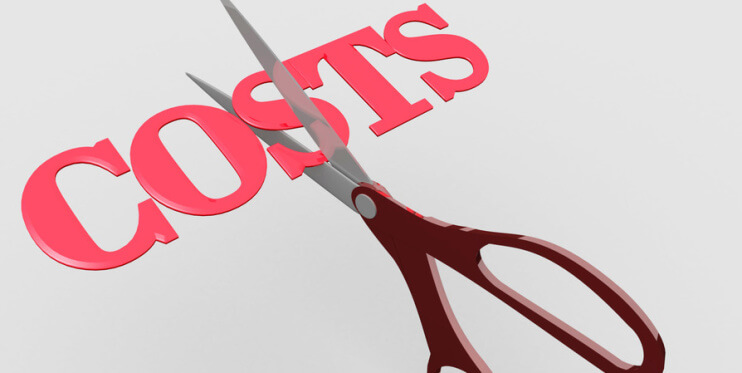Cut costs to get a better business
I read this week of more businesses cutting costs – a copy of what so many businesses do when the going gets tough. This may gain favourable articles in the business media and shows shareholders that management is doing something. In addition to retrenching employees, favourite cost reduction actions are to:
- outsource non-core activities
- offshore business activities to subsidiaries
- move production to low-cost countries (LCC)
- source products and components from LCC
While achieving these hoped for cost reductions, a business increases the complexity of its supply chains – the variability, uncertainty and constraints that must now be understood. Increasing complexity increases costs, but not all of them are identified.
A hidden cost can be the change in the power and dependency relationship between your business, suppliers and customers. Do not be misguided by thoughts of ‘partnerships’; relationships always contain elements of power and dependency.
Change the power structure and the types and levels of supply chain risk for your business could well increase. This will require more management resources and the likely modification of policies and procedures as emergencies occur.
Another approach to supply chain complexity is to install technology ‘solutions’ that enable greater visibility. We now see the cloud, big data and ‘internet of things’ currently gaining increasing attention at conferences, seminars and media releases. But if the basics are not understood, how will technology help?
And, of course, added complexity will increase the cost of planning and controlling activities.
A different approach than cost cutting
While controlling costs is part of management’s job, big cost cuts are not always the best answer. An alternative view is to improve your supply network through an effective supply chain and logistics group.
The first step is to ensure your core supply chains (from tier 1 suppliers, through your business and out to tier 1 customers) have effective and efficient logistics. To achieve the availability objective of logistics requires an integrated flow approach to managing three factors – capacity, inventory and lead time, which are the building blocks for managing the flow of items.
To achieve a balance between the three factors requires responsibility for them to be with the one group; only then will the interactions between the factors and the desirability and cost of trade-off’s be fully understood.
The measure driving logistics is ‘availability for customers’; this is DIFOTA – delivery in full, on time, with accuracy (of documents). As it measures the probability of achieving a perfect order (through multiplication of the individual measures within each of the three groups – in full, on time and accurate), it identifies adverse trends influenced by challenges of capacity, inventory and lead times.
Managing Capacity, Inventory and Lead Time
Managers usually say they know their capacity and its utilisation; but which capacity measure is being used? In my book A Framework for Supply Chains, I discuss a private business that, to negotiate lower purchase costs, buys its capital equipment in economic downturns. It also gains a further 8-13 percent discount for buying without a manufacturer’s warranty; the reason being that equipment will be run faster than recommended, so invalidating the warranty. What capacity measure should they use – rated, productive, demonstrated, budgeted or other?
And how is capacity affected by uncertainty in demand for the company’s finished goods? It is dependent on the capital intensity of the business, the lead time to change (or flex) operations and the cost. Capacity will also be affected by the product mix, inventory location, form and function, the order to delivery lead time, potential speed of response and the availability of different transport modes.
Inventory not only costs money to buy, process and store but, to meet the business objectives it must be in the:
- right location (customer, company or 3PL warehouse, suppliers)
- most efficient form (RM, semi-finished (postponement), FG) and
- most effective function (cycle, safety, seasonal build etc.)
This requires analysis, not only of inventory, but also trade-off’s with capacities and lead times that are affected by inventory decisions. The inventory analysis starts with customer needs and the cost to serve.
What customers require in terms of delivery, order size, product packing and costs will differ; therefore the analysis should segment customers based on need and the cost to service those needs, rather than rely on segmenting customers according to sales volume.
The three lead times of immediate concern are lead time to customers, through the business and from suppliers. Each of these can affect the other and also be affected by capacity and inventory decisions. It is therefore preferable that one group provides delivery promises, identifies required lead times from suppliers and calculates the required run length by operations.
Bringing responsibility for capacity, inventory and lead times into one group is the first step in changing the organisation mind-set from silo thinking to thinking about flows – of item, money and information. This is the beginning of real supply chain thinking.

